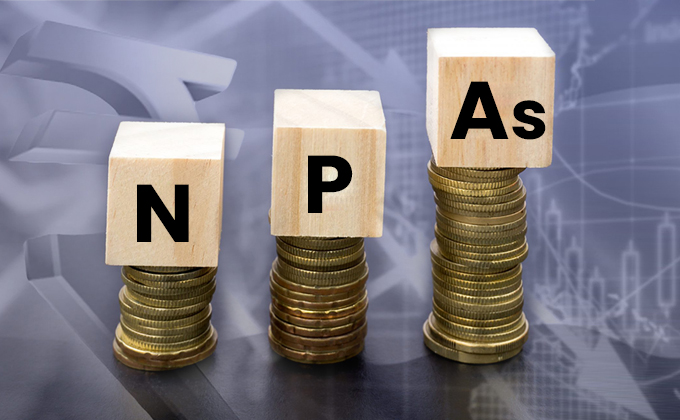
The gross non-performing assets (GNPAs) ratio of banks may rise to 9.8 per cent by March 2022, under a baseline scenario, from 7.48 per cent in March 2021, according to the Financial Stability Report (FSR) released by the Reserve Bank of India in the middle of 2021.
According to stress tests conducted by the RBI:
- The gross NPA ratio for the banking sector could rise to 9.8% by March 2022 under a baseline, as compared with 7.48% in March 2021. The baseline scenario used in the current stress tests in one where GDP growth for FY22 is at 9.5%.
- In January, the RBI had said the gross NPA ratio of banks could rise to 13.5% by Sept. 30, 2021 under the then assumed baseline scenario of 0% GDP growth in the second half of FY21.
- Under the medium stress scenario, where GDP growth is at 6.5%, the gross NPA ratio could rise to 10.36%.
- Under the severe stress scenario, where GDP growth is at 0.9%, the gross NPA ratio for the banking sector may rise to 11.22%.
- Agriculture NPAs dropped marginally to 9.8% in March, from 10% a year ago.
- The industry segment saw a sharper fall in NPAs, which were at 11.3% in March, from 12% a year ago.
- All sub-sectors under the industry segment saw their bad loan ratios drop year-on-year.
- Retail bad loans rose marginally to 2.1% at the end of the last financial year.




